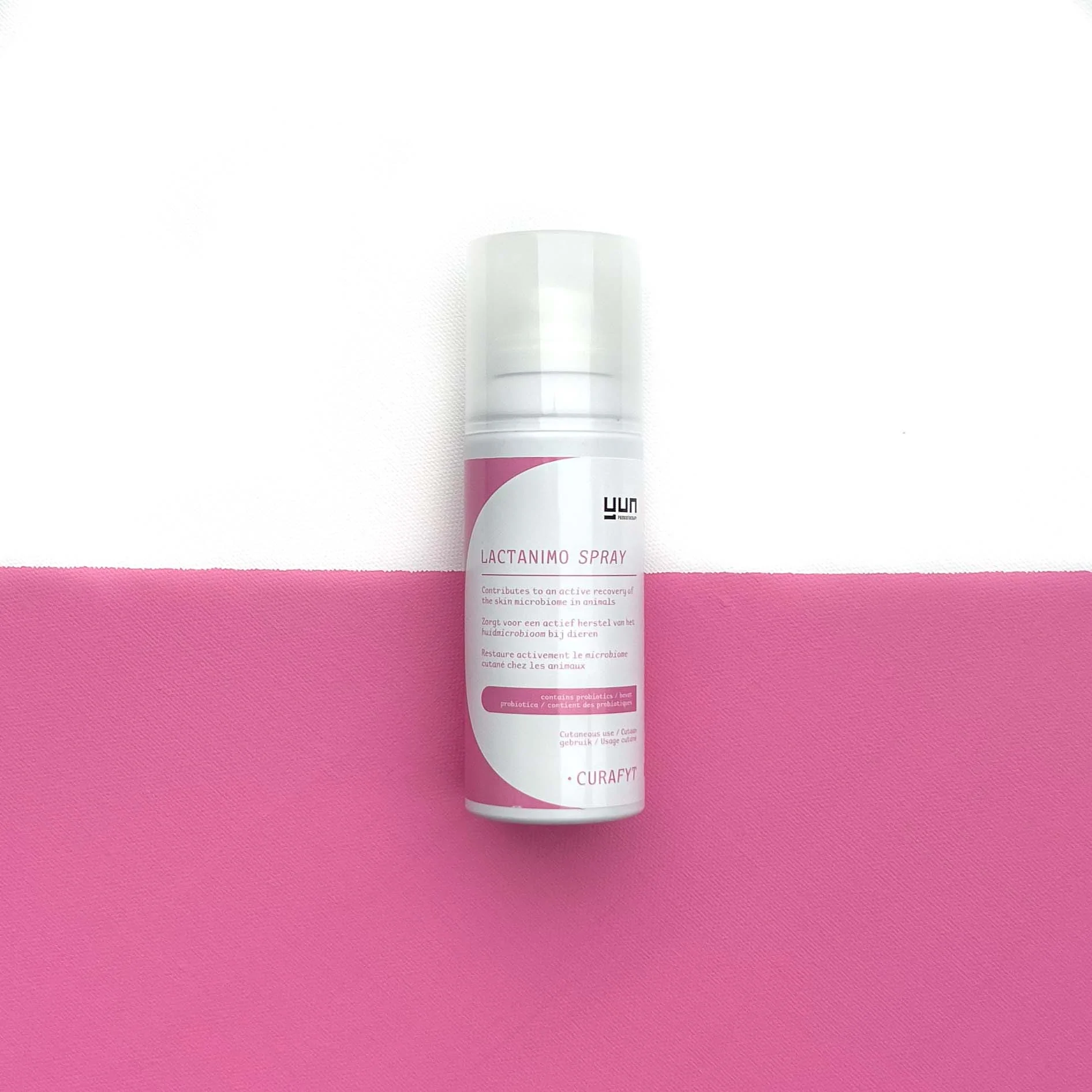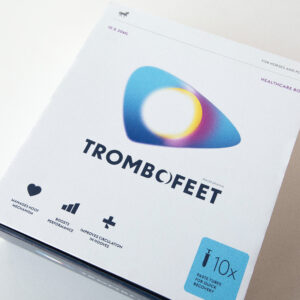Lactanimo Spray
€30,90
- Horses who suffer from sensitive or itchy skin
- After a course of antibiotics or antiseptics to help resort the skin flora
- Horses who are prone to mud fever, eczema, or hoof thrush.
Instructies
Spray twice a day during the first two weeks. Thereafter, once a day should suffice. Proceed as follows:
- Remove any dirtand crusts.
- Drythe skin meticulously.
- Give it a good shake(the spray obviously, not your horse).
- Spraythe sensitive areas at a distance of twenty centimetres for about two seconds. Do not rinse the spray.
Do not combine the treatment with a topical antibiotic or other antiseptic products that may have a harmful effect on the probiotics in Lactanimo as this will cause the spray to lose its curative effect.
Uitverkocht
Samenstelling
Butane, Isobutane, Propane, Cyclopentasiloxane, Lactobacillus, Propylene Carbonate, Disteardimonium Hectorite.
Verpakking
150 ml
Danger, extremely flammable aerosol. Pressurized container: may burst due to heat. Do not pierce or burn, even after use. Keep away from heat, sparks, open flames, hot surfaces. No smoking. Protect from sunlight. Do not expose to a temperature higher than 50°C. Do not spray on an open flame or any other source of ignition. Keep out of reach of children. Store preferably at 4 -25°C. Use in well ventilated areas. Do not spray towards the eyes. Avoid prolonged spraying and inhalation. Use only according to the recommended use.
Extra informatie
A horse’s largest organ? The skin, which acts as a shield between his body and the outside world. The skin is covered with billions of tiny, benign little critters – think bacteria, viruses, and fungi. An army of good soldiers, also known as the skin microbiome (1, 2).
If the good soldiers come under attack, the bad bacteria find a way in and damage the skin. An unbalanced microbiome is an important risk factor in mud fever, eczema, hoof thrush and other skin conditions (1-5). Lactanimo comes to the army of good soldiers’ aid and reduces the chance of skin problems.
Scientific references
(1) Hoffmann Rodrigues A, 2017, (2) Hakanen E et al., 2017, (3) Marsella R & De Benedetto A, 2017, (4) L.A. Devriese, (5) Petrov K & Dicks L, 2013





